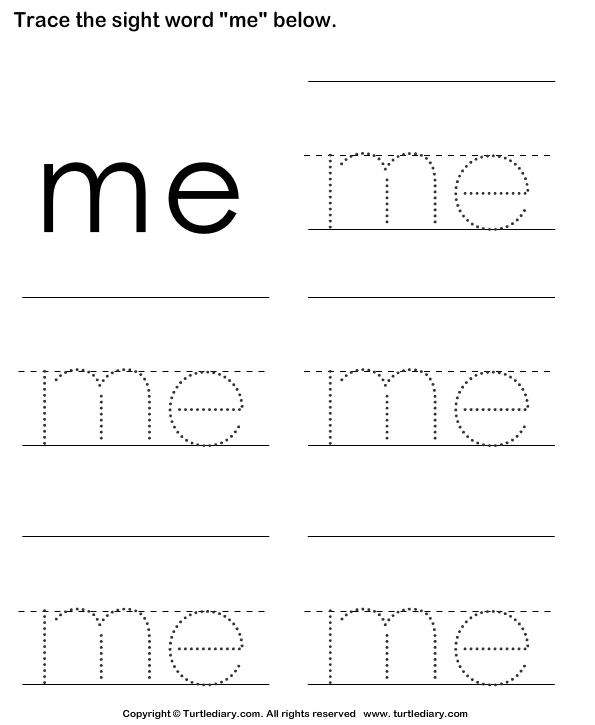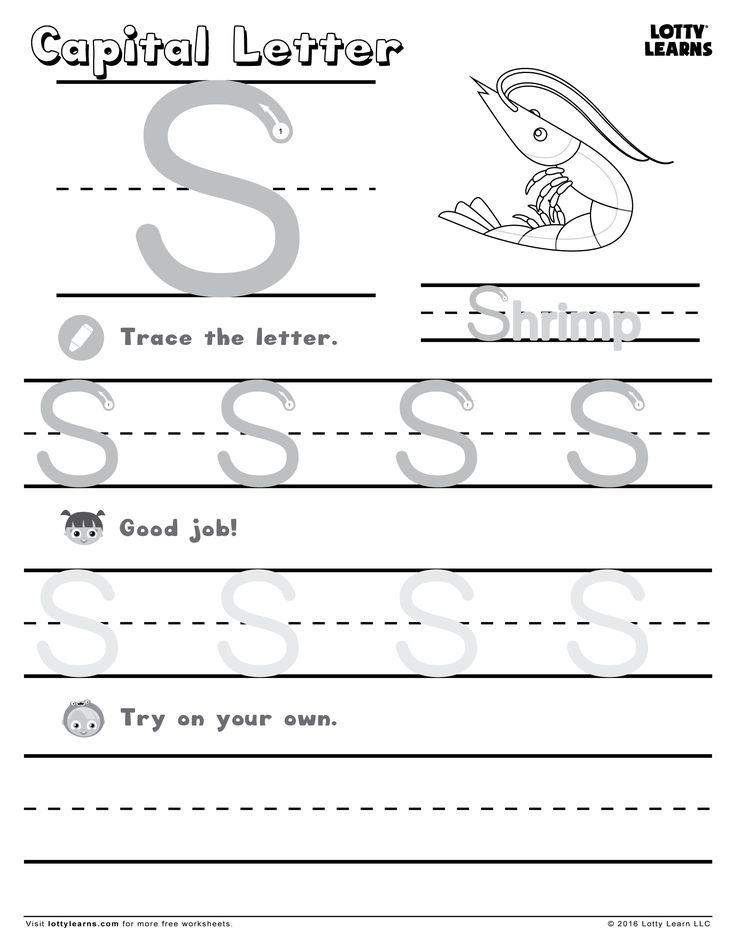Letter from c
c | letter | Britannica
C
See all media
- Related Topics:
- consonant Roman numeral letter
See all related content →
c, third letter of the alphabet, corresponding to Semitic gimel (which probably derived from an early sign for "camel") and Greek gamma (Γ). A rounded form occurs at Corinth and in the Chalcidic alphabet, and both an angular and a rounded form are found in the early Latin alphabet, as well as in Etruscan. The rounded form survived and became general, and the shape of the letter has since altered little.
Click Here to see full-size tableThe sound represented by the letter in Semitic and in Greek was the voiced velar stop, represented in English by the "hard" g. In the Latin alphabet it came to represent the unvoiced velar stop (indicated in English by
k as well as c) and was for some time, it appears, used for both the voiced and unvoiced sounds. This change is in all probability due to the Etruscan alphabet from which the Latin alphabet was derived, for a phonemic distinction between voiced and voiceless stops apparently did not exist in the Etruscan language. An early Latin inscription exists in which the word RECEI (probably an early dative form of rex, "king") occurs, the letter C being still employed to represent the voiced sound. Finally a new symbol G was used for the voiced sound, and C displaced K as the representative of the unvoiced stop.
In modern English the letter represents two separate sounds: (1) the unvoiced velar stop as in the Latin alphabet and (2) the unvoiced sibilant, identical with the sound represented by s in certain positions. The letter represents the sibilant when followed by any of the front vowels, e, i, and y (e.g., in "receive," "cider," "cycle"), and in all other cases (except before h) the velar (e. g., "call," "come," "clear," "crumb," "epic"). This is due to the palatalization of the velar in early medieval times before the front vowel, the stages of sound change being k > ki > tš
> ts > s. The letter c was applied by French orthographists in the 12th century to represent the sound ts in English, and this sound developed into the simpler sibilant s. Gradually the use of the letter c to represent the velar before front vowels (for example, in the Middle English cyng) gave way to that of k, ambiguity being thus as far as possible avoided. The c takes the place of s in words such as "mice” and "advice," in which s would represent a voiced sibilant (identical with the sound of z), and in words such as "practice" merely as a means of grammatical distinction.
g., "call," "come," "clear," "crumb," "epic"). This is due to the palatalization of the velar in early medieval times before the front vowel, the stages of sound change being k > ki > tš
> ts > s. The letter c was applied by French orthographists in the 12th century to represent the sound ts in English, and this sound developed into the simpler sibilant s. Gradually the use of the letter c to represent the velar before front vowels (for example, in the Middle English cyng) gave way to that of k, ambiguity being thus as far as possible avoided. The c takes the place of s in words such as "mice” and "advice," in which s would represent a voiced sibilant (identical with the sound of z), and in words such as "practice" merely as a means of grammatical distinction.
Before k the letter is often redundant (e.g., in "thick," "clock," etc. ). The combination ch represents an unvoiced palatal affricate (tš), as in "church," except that in words of Greek origin it generally has the sound of
k—e.g., in "chorus."
). The combination ch represents an unvoiced palatal affricate (tš), as in "church," except that in words of Greek origin it generally has the sound of
k—e.g., in "chorus."
This article was most recently revised and updated by Michael Ray.
the history of the letter ‘C’ « the evolving ultrasaurus
> My five year old son asks:
> Why did they invent the letter C, when it makes the sounds of K and S?
It sure does make it tough to play “I Spy.” In seeking an answer to this question, I first searched google and found Jakob Nielsen Declares the Letter “C” Unusable. A great article, but not exactly what I was looking for. Then I chanced to read danah’s capitalization rules where Andrew Cone had left a link to an interesting discussion.
Only on the internet could I fulfill such random curiosity with such convenience. While waiting for paper mache to dry I submitted the question to the “Ask A Linguist” list.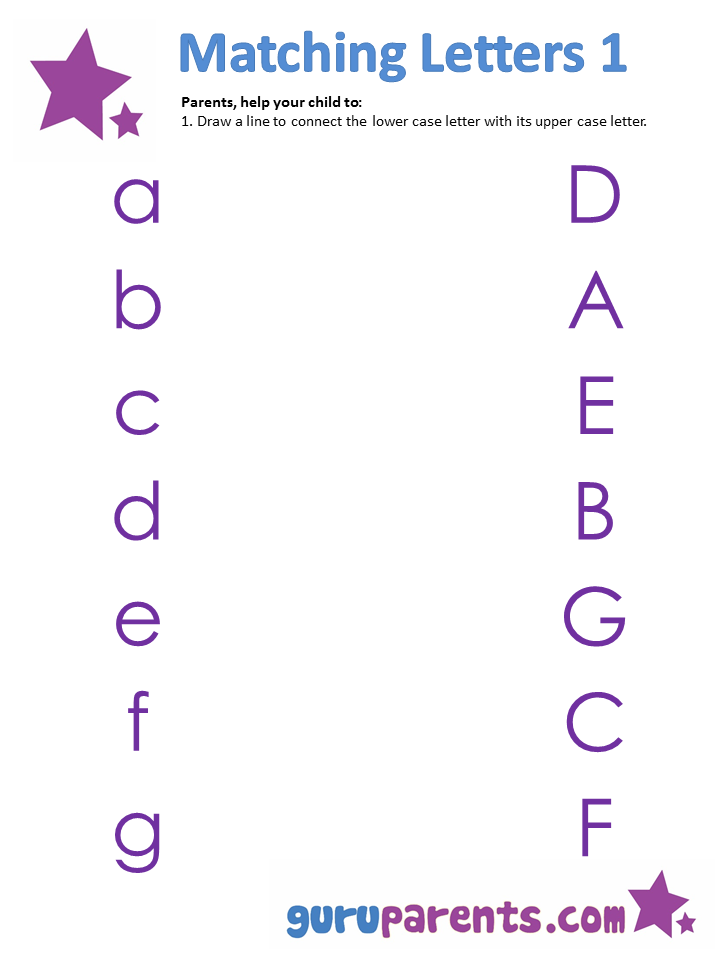
In case anyone else is curious, I’ve compiled a few highlights from the responses I received….
The short answer
Originally, C spelled the sound /g/. But, with some help from the Etruscans, the Romans got into a bit of a tangle here, and they wound up using C to spell both the sound /g/ and the sound /k/, while they hardly used the letter K at all. Eventually, realizing this was a bad idea, they invented a new letter, G, to spell the sound /g/, and they then used C exclusively to spell the sound /k/.
This was the system borrowed from the Romans by the Anglo-Saxons. Originally C spelled only /k/ in Old English. But then the pronunciation of English changed. (Larry Trask)
Another important consideration
“‘c’ is often used (though not always) for roots whose pronunciation alternates between [s] and [k]. think of ‘public’ vs. ‘publicity’. If we spelled the first ‘publik’ and the second ‘publisity’ we wouldn’t be able to see the relationship between the two words as easily. ” (Susan Fisher)
” (Susan Fisher)
A longer story
(this might make a good children’s book if it had pictures)
“That’s a very good question, and the answer is that it didn’t always make those sounds. See, the language we speak has changed over the centuries, as all languages do. And writing — which is different from talking, changes too, though much more slowly.
The letter C wasn’t invented for English. It was invented several thousand years ago to write down the sounds of Phoenician, a language related to Hebrew and Arabic. At the time, the letter was called “gamel” or something like that, which means ‘camel’ (see the C?). It represented the G sound (the letter G was invented later, by the Romans).
Later on the Greeks started using the Phoenician alphabet and they used the letter to represent the G sound, too. Not having any camels, they called it “gamma”; the K sound was represented by the letter K, called “kappa”. And later still, people in Italy used it, but they didn’t have a G sound, so they used it for the K sound.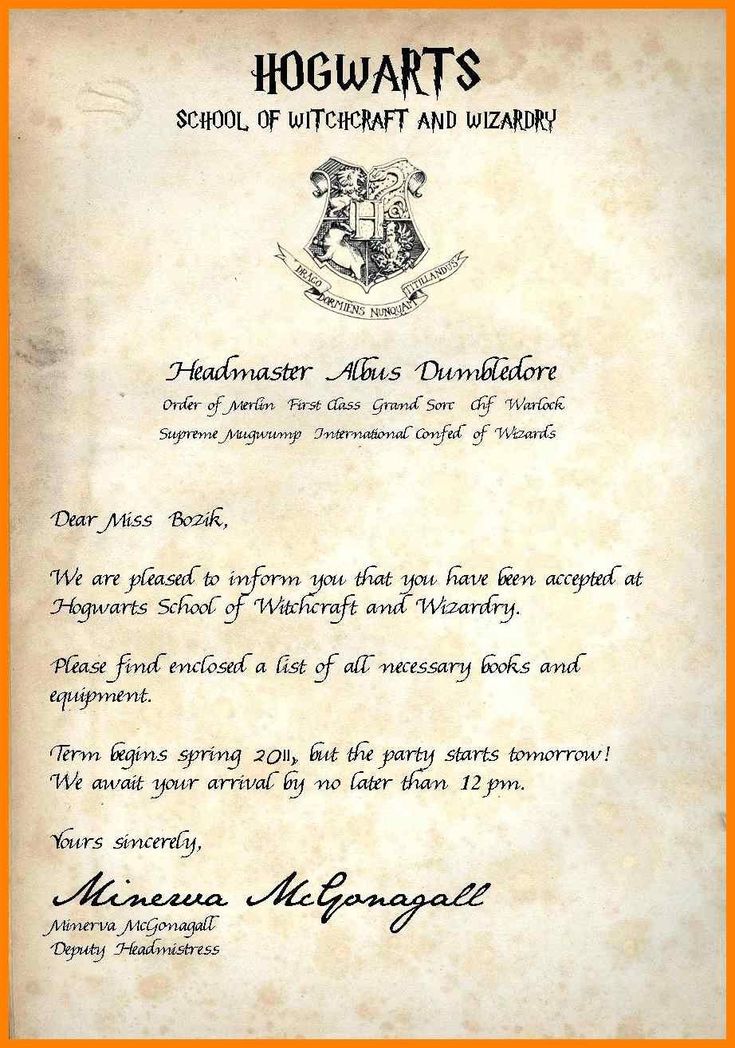
The Romans eventually wound up using this alphabet, with the letter C standing for the K sound, but they did have a G sound, so they put a little jot on the C and made it a G (they didn’t use the letter K, except for words they borrowed from Greek).” (John Lawler)
“In the Norman French era, “C” was pronounced “S” before the letters “I,E,(Y)”, and otherwise “K”, After William the Conquerer captured England in 1066, English borrowed a lot of French words with French spellings, so “C” became a letter with two sounds. English also had words like “king, keep” where /k/ was pronounced before /e,i/, so the Greek letter “K” was reintroduced to keep things straight (more or less).” (Elizabeth J. Pyatt)
Many thanks to those fine linguists who helped me understand the interesting history of the letter C, and it’s relatives K and G:
Susan Fischer, NTID/RIT
John Lawler, U Michigan Linguistics Dept
Herb Stahlke, Ball State University
Larry Trask, University of Sussex
Mike Hammond
Elizabeth J.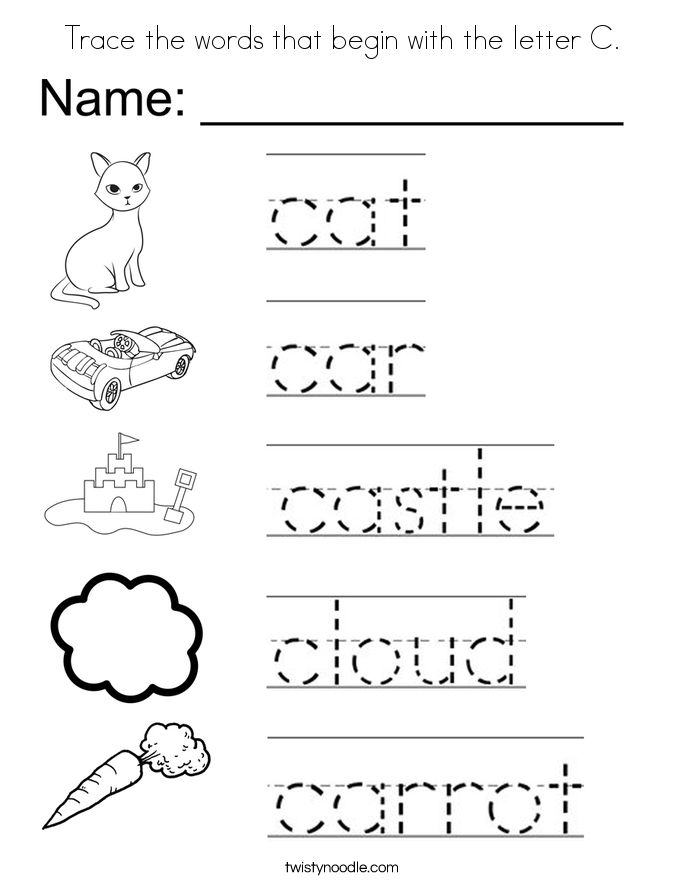 Pyatt, Ph.D., Penn State University
Pyatt, Ph.D., Penn State University
Anthea Fraser GUPTA,University of Leeds
My original question and all follow-up answers are archived at “Ask A Linguist”
I still wonder… how do we know how people pronounced words thousands of years ago? were there ancient linguists who recorded their observations?
What to do if you received a letter from a scammer from your corporate mail
Our technical support periodically receives tickets asking what to do if a letter from a scammer has been sent to the corporate mail. At the same time, the letter came from the client's corporate mail.
Let's take an example. The company uses corporate mail [email protected]. They received a letter from their own mail - [email protected] - with the following content:
Hi!As you may have noticed, I sent you an email from your account.
This means that I have full access to your account.I've been watching you for a few months now.

The fact is that you were infected with malware through an adult site that you visited.If you are not familiar with this, I will explain.
Trojan Virus gives me full access and control over a computer or other device.
This means that I can everything on your screen, turn see on the camera and microphone, but you do not know about it.I also have access to all your contacts and all your correspondence.
Why did your antivirus not detect malware?
Answer: My malware uses the driver, I update its signatures every 4 hours so that your antivirus is silent.I made a video showing how you satisfy yourself in the left half of the screen, and in the right half you see the video that you watched.
With one click of the mouse, I can send this video to all your emails and contacts on social networks.
I can also post access to all your e-mail correspondence and messengers that you use.If you want to prevent this,
transfer the amount of $721 to my bitcoin address (if you do not know how to do this, write to Google: "Buy Bitcoin").
My bitcoin address (BTC Wallet) is: 1GoWy5yMzh4XXBiYxLU9tKCBMgibpznGio
After receiving the payment, I will delete the video and you will never hear me again.
I give you 48 hours to pay.
I have a notice reading this letter, and the timer will work when you see this letter.Filing a complaint somewhere does not make sense because this email cannot be tracked like my bitcoin address.
I don't make any mistakes.If I find that you have shared this message with someone else, the video will be immediately distributed.
Best regards!”
Summary of letter : the client caught virus software, as a result of which the scammer took control of his computer, camera, microphone and mail. If the client does not transfer $721 to a bitcoin wallet within 48 hours, the scammer will post a compromising video on the network.
How the scammer managed to send a letter from your mail
Using standard means, for example, using the Yandex.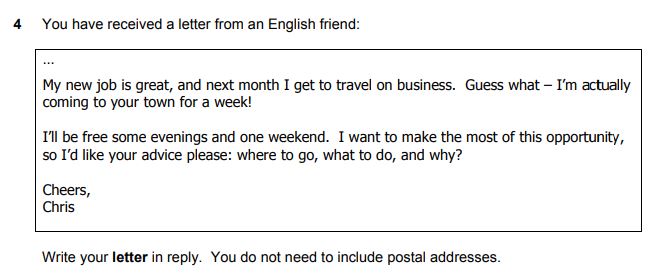 Mail or Mail.ru interface, you will not be able to send a letter from someone else's email address. However, scammers can use special services or write their own script, with which you can specify any sender. Thus, it is not necessary to hack mail or infect a computer with viruses in order to send a letter from your mail.
Mail or Mail.ru interface, you will not be able to send a letter from someone else's email address. However, scammers can use special services or write their own script, with which you can specify any sender. Thus, it is not necessary to hack mail or infect a computer with viruses in order to send a letter from your mail.
With correct mail settings, such messages should be filtered by mail services and sent to spam. Also, the lock icon next to the sender will be yellow and crossed out. If you hover over it, you can see a warning: “We are not sure of the authenticity of the sender of this letter. Perhaps the data has been tampered with."
To send such a letter, the scammer will need a separate server from which letters will be sent. The mail service, for example, Yandex.Mail or Mail.ru, will be able to determine the discrepancy between the real sender and the address from which the letter was received. And also in the line "Signature" will be indicated "No". This means that only the server administrator (that is, you) has access to the DNS record settings, and the scammer has no way to use it.
This means that only the server administrator (that is, you) has access to the DNS record settings, and the scammer has no way to use it.
What to do if you receive an email from a scammer
Most importantly, don't panic and don't send money!
We recommend doing the following:
- Check which folder the email ended up in (inbox or spam), as well as the lock icon next to the sender
- Check if you are using a DKIM signature and SPF record
- Check computers from which you use mail for viruses
- Change your password from mail.
If no viruses or malware are found and the email is in the spam folder
Most likely, the scammer used a special service or script to send the email. In this case, do not worry - just ignore this letter.
If there are no viruses on your computer and the message did not end up in the spam folder
Most likely, you do not have a DKIM signature and SPF record specified or softly specified. Thanks to them, the receiving server can make sure that the letter really came from you, and not from a scammer.
Thanks to them, the receiving server can make sure that the letter really came from you, and not from a scammer.
Use our instructions to check if your settings are correct:
- If you use mail on the Reddock server
- If you use Yandex.Mail for Domain
- SPF record
- DKIM signature.
If the DKIM signature and SPF record are correct, but the email did not end up in the spam folder and the lock icon is green
Multiple options are possible:
- A scammer got your mail login information
- One of the computers from which mail is being used has a virus or malware.
Check the security of your login information and your employees. Perhaps the attacker managed to get them somehow. And also check your computer and the computers of your employees who have access to mail. Perhaps one of them has a virus or malware that reads all the entered words from the keyboard and transmits them to the attacker.
If you find viruses, remove them yourself or contact a specialist. And don't forget to change your password!
If you need help, please contact our technical support. Send the letter as an attachment, we will check it, and based on this we will give recommendations for further actions.
Previous article Setting up mail clients
How to communicate with customers via email
According to marketing automation platform Mindbox, less than 20% of users open emails from companies, and only 2% click on links. We tell you how to write and format a letter that is sure to be read to the end.
How to start a letter
Include company or employee name in mailing address. The client must understand from the email address from which company they write to him.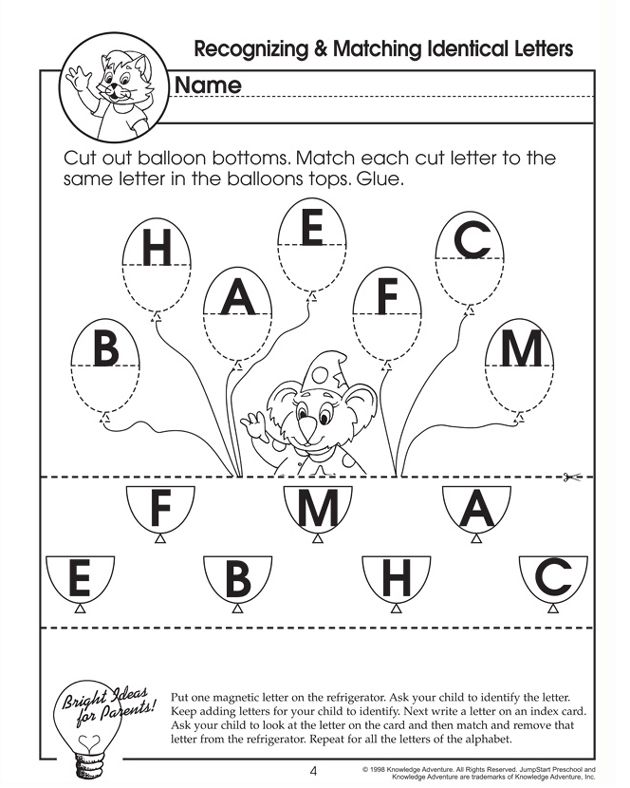 You can register a common email address for the entire company - for example, [email protected].
You can register a common email address for the entire company - for example, [email protected].
If you have several people working with clients, make a personal address for each employee - indicate in it the name along with the name of the company.
✅ [email protected] — at the address it is clear that the employee of the company wrote.
❌ [email protected] - you can't understand what the company representative is writing at the address.
Write in the subject line what you want to tell the reader. The subject is a short string that a person sees when they receive a notification. According to it, he immediately decides whether he wants to open the letter or not.
This is how the subject line looks like on a computer and smartphone
It is better to make a subject no more than 30 characters with spaces. According to the UniSender mailing service, the longer the subject line, the lower the chance that the email will be opened.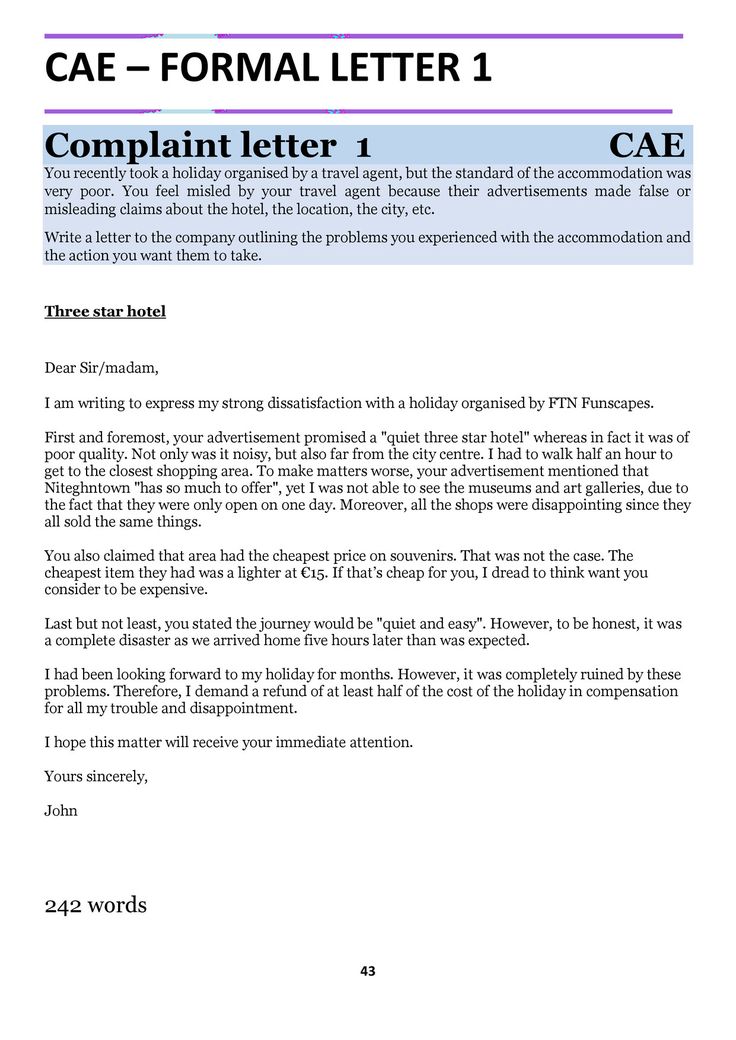 Most often read letters with headings of 10-20 characters.
Most often read letters with headings of 10-20 characters.
✅ “-15% off face masks” — the topic will be fully reflected on the smartphone screen, and the potential client will understand what the letter is about.
❌ “Incredibly hot days and incredibly generous specials: 15% off face masks” - the theme will not fit on a smartphone screen. The reader will see only about hot days - he will not understand what they wanted to say to him, and will not open the letter.
Greet the customer. It is enough to write "Hello" and the name of the client.
Introduce yourself at the beginning of the letter. When a person receives a letter from a company, he probably thinks that this is another mailing list: it was received by everyone who left their email somewhere.
To avoid the client's attitude, show that he is being addressed by a real employee, and not a robot. Write your name and your position in the company.
In the first case, the client will understand who is writing to him and why. In the second case, he will probably think that this is spam or mailing from scammers
In the second case, he will probably think that this is spam or mailing from scammers
How to write a letter
Do not mix different fonts and colors in one letter. The reader will be lost if the greeting is highlighted in bright green, the questions are written in italics, and the words “Buy now!!!” are bolded at the end. The person will spend a lot of time to understand what the letter is about, or decide that they will not read it at all.
In the first example, one bold font will help to emphasize the main point. In the second, it will be difficult for the recipient to understand what the essence of the letter is: almost all the text is highlighted in different colors and in bold
Write company contacts at the end. Maybe the client wants to know the details not by mail, but by phone or messenger.
In the first case, the client will not ask questions by mail if it is inconvenient for him. In the second, he will be able to write or call
In the second, he will be able to write or call
In order not to write all the contacts each time, set up a signature in the mail client: specify the name, position, phone number, company social networks and other contacts.
How to respond to a customer letter
Respond to email during business hours. The mail does not have a "Read" status, so it is important to show the client that you have seen the mail. If you can not immediately answer the question, write that you received a message and will be back soon.
After such a letter, the client will understand that his issue is already being resolved
Use the “Reply” function, and do not write a letter from scratch. This way the client will see the entire message thread and understand that you are answering his specific question, and not writing about a new discount or sale.
Checklist: how to communicate with clients by e-mail
- Write in such a way that the client can understand who you are and what you offer.

Learn more






